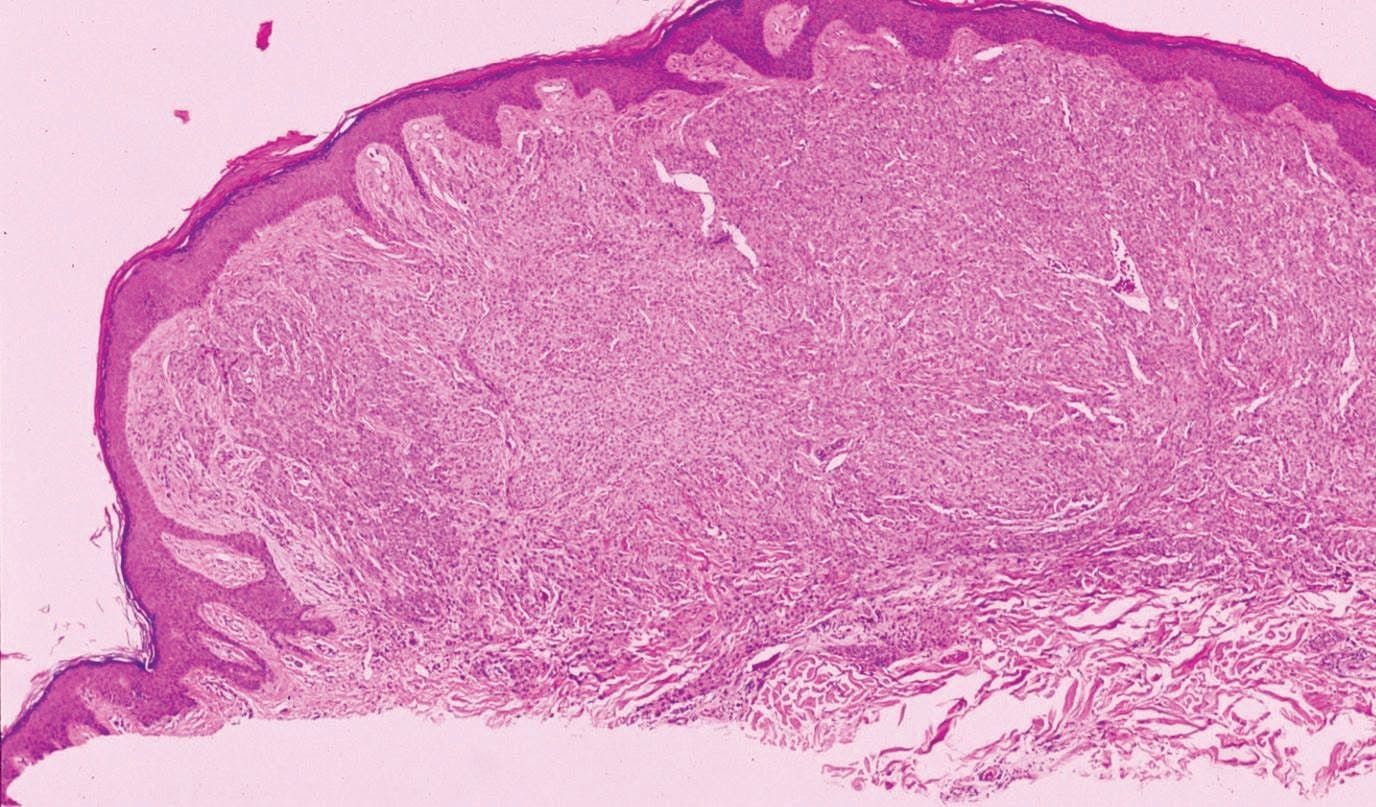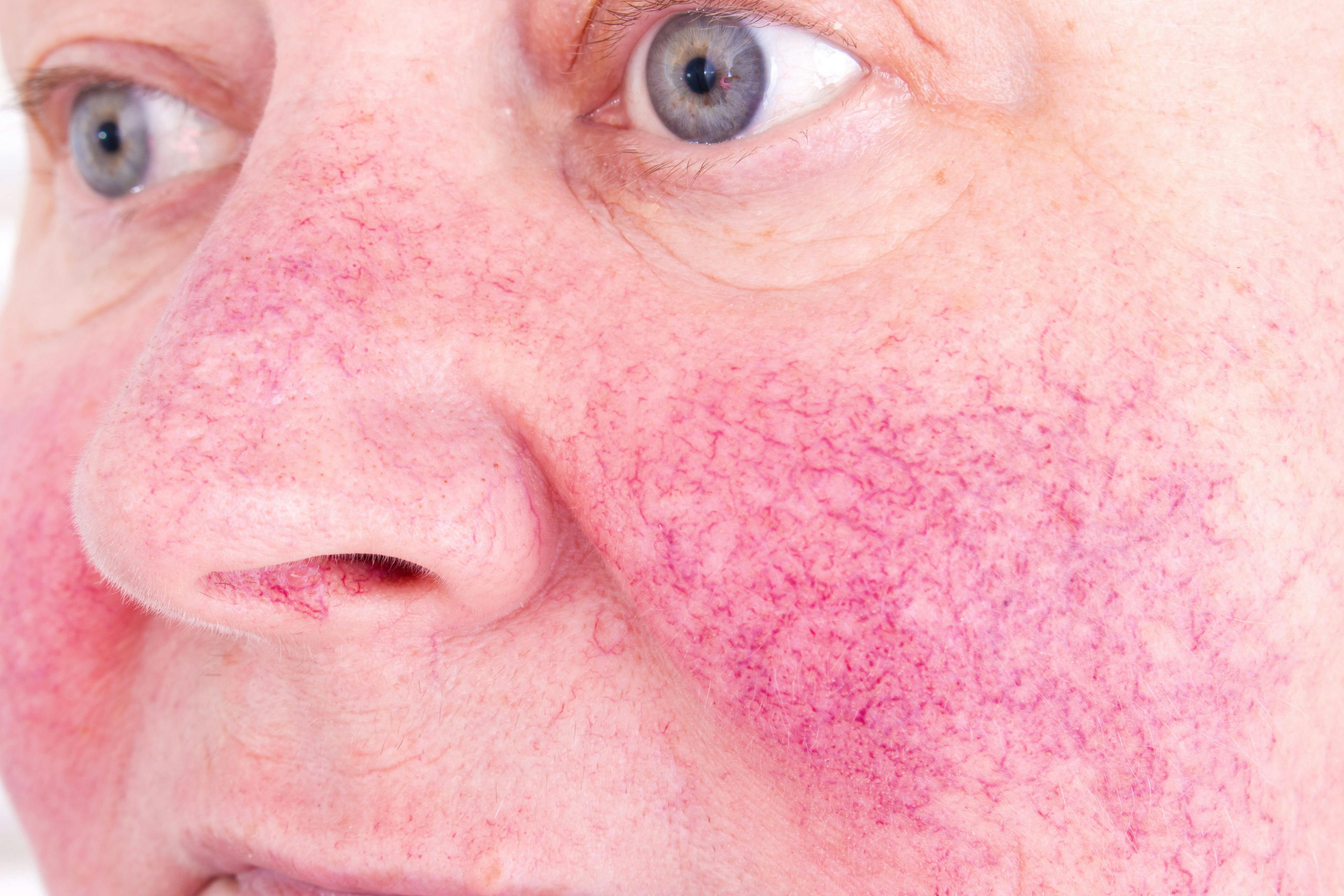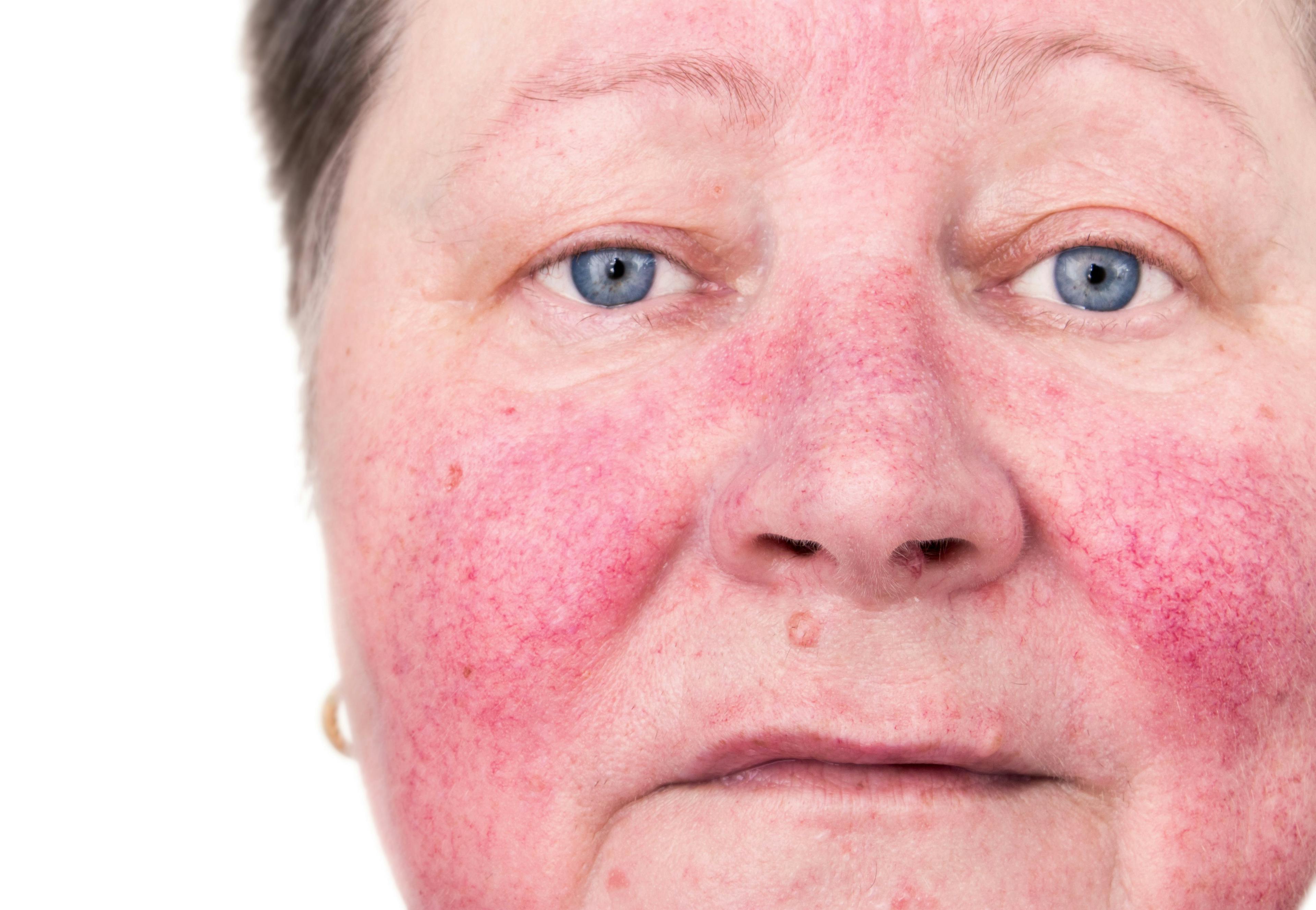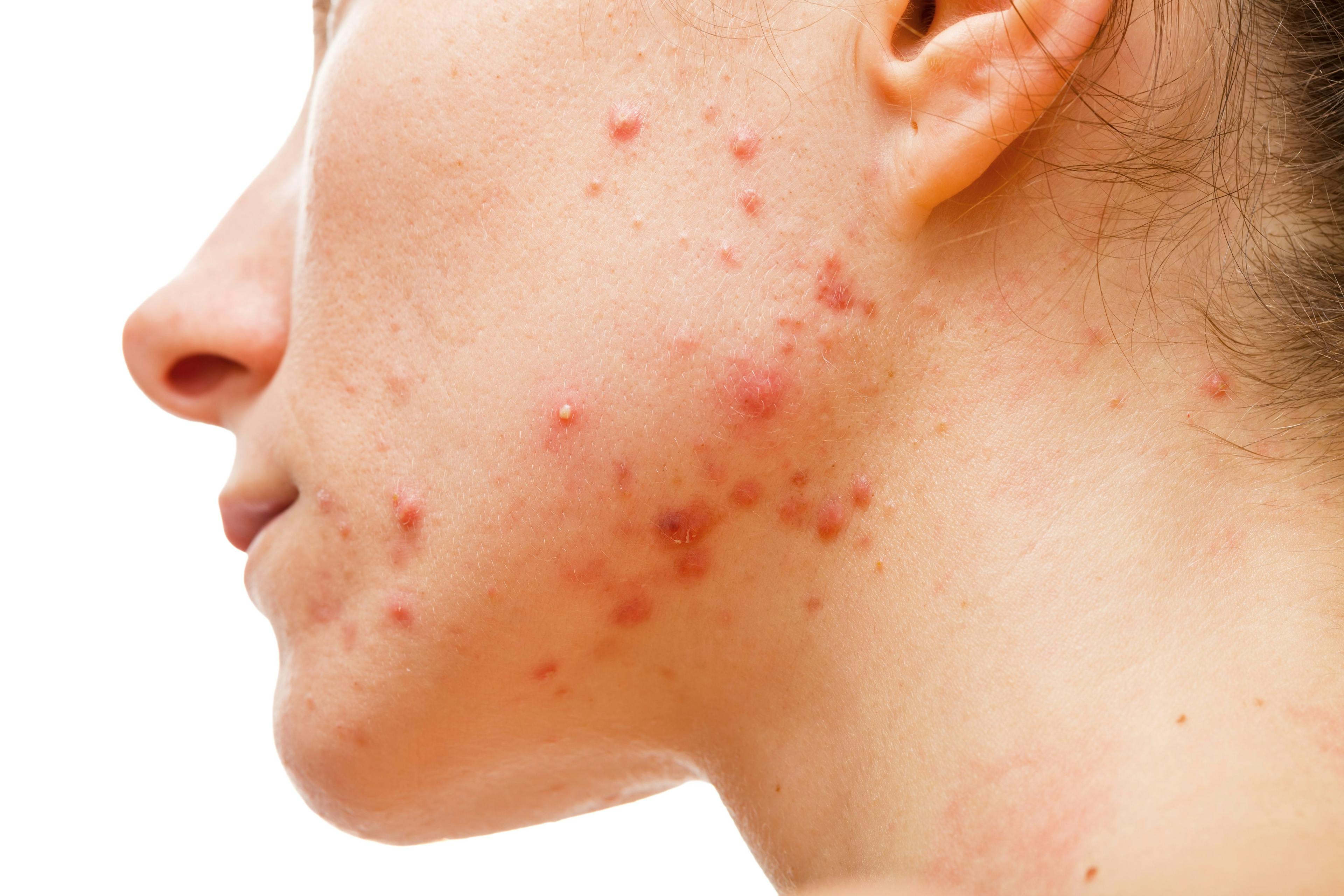- Acne
- Actinic Keratosis
- Aesthetics
- Alopecia
- Atopic Dermatitis
- Buy-and-Bill
- COVID-19
- Case-Based Roundtable
- Chronic Hand Eczema
- Drug Watch
- Eczema
- General Dermatology
- Hidradenitis Suppurativa
- Melasma
- NP and PA
- Pediatric Dermatology
- Pigmentary Disorders
- Practice Management
- Precision Medicine and Biologics
- Prurigo Nodularis
- Psoriasis
- Psoriatic Arthritis
- Rare Disease
- Rosacea
- Skin Cancer
- Vitiligo
- Wound Care
Publication
Article
Dermatology Times
Phototherapy safe, effective for psoriasis
Author(s):
The 2019 joint American Academy of Dermatology and National Psoriasis Foundation phototherapy treatment of psoriasis guidelines comprehensively updates dermatologists and other providers on the state-of-the art use of various light modalities to treat psoriasis patients.
The American Academy of Dermatology and National Psoriasis Foundation released updated phototherapy treatment guidelines for psoriasis. (Iri-s - stock.adobe.com)
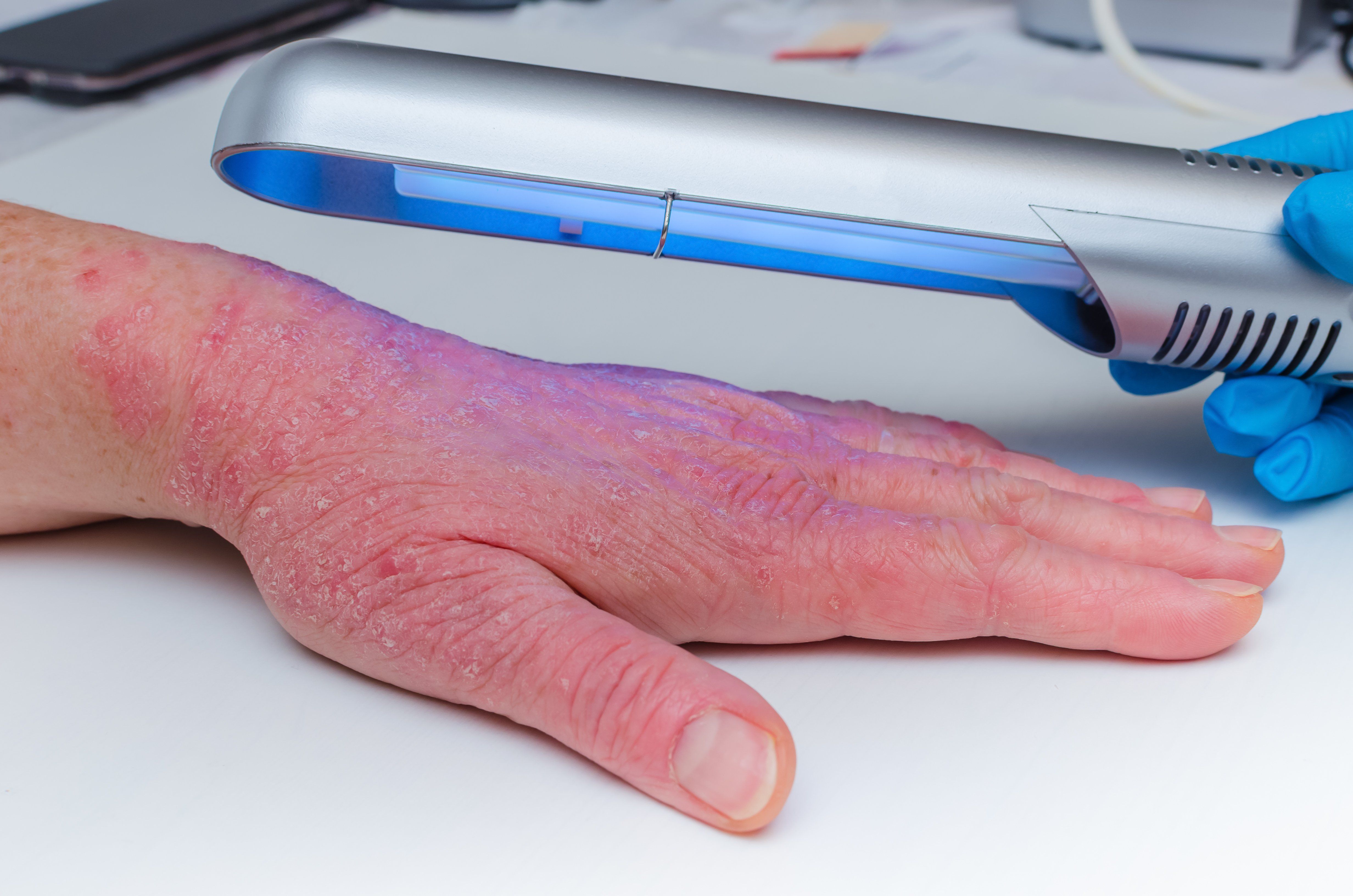
The 2019 joint American Academy of Dermatology and National Psoriasis Foundation phototherapy treatment of psoriasis guidelines comprehensively updates dermatologists and other providers on the state-of-the art use of various light modalities to treat psoriasis patients.
AT A GLANCE: View the updated guidelines in this comprehensive slideshow
The update addresses modalities ranging from well-established approaches such as narrow band phototherapy to more novel approaches such as photodynamic therapy (PDT), according to an author of the guidelines published September 2019 in the Journal of the American Academy of Dermatology (JAAD), Joel M. Gelfand, M.D., MSCE, professor of dermatology and epidemiology and director of the Psoriasis and Phototherapy Treatment Center at the University of Pennsylvania Perelman School of Medicine, Philadelphia.
“The most important point of these guidelines is the fact that despite all the exciting new therapies available for psoriasis, phototherapy remains a safe, viable, effective option for our patients,” according to guidelines author Mark Lebwohl, M.D., Waldman Professor and Chair of the Kimberly and Eric J. Waldman department of dermatology at the Icahn school of medicine at Mount Sinai, New York. “For patients who want a therapy that has been used safely for a century or when comorbidities limit the use of systemic therapies, phototherapy is a safe, effective, accessible therapy.”
AMONG THE RECOMMENDATIONS
U.S. and Canadian psoriasis experts reviewed the literature from early 2008 to late 2017 focusing on the ultraviolet (UV) light-based therapies. Of special importance, guidance on dosing of officebased narrowband UVB phototherapy was updated from 2009 guidelines, which should result in better treatment outcomes for patients,” Dr. Gelfand says.
RELATED: Nonsteroidal topical treatments for psoriasis
Narrowband UVB therapy’s starting dose and the dosing schedule are based on skin type. For example, the recommended initial narrowband UVB dose for patients with skin types I and II is 300 mJ/cm2, while it’s 800 mJ/cm2 for psoriasis patients who are skin types V and VI. And the guidelines recommend treating patients with narrowband UVB two or three times per week for proven efficacy, which doesn’t expose patients to more-than-needed UVB radiation and avoids increased risk of UV-induced erythema.
The new guidelines also recommend applying a thin - not a thick - emollient layer before treatment to increase efficacy and reduce UV-induced erythema.
RELATED: Phototherapy less utilized in practice, but still effective
The authors write that providers shouldconsider home-use narrowband UVB units for patients who can’t do their treatments at a phototherapy center. The units don’t tend to work as well but patients who use them are often happier with treatment compared with those who get their therapy outside the home.
Some combination treatments with narrowband UVB have been shown to be beneficial. For example, the literature supports using methotrexate as a systemic adjunct to narrowband UVB. And certain biologics used in conjunction with narrowband UVB have been shown in studies to benefit patients and are recommended in those for which either the biologic or narrowband UVB treatment is inadequate.
Narrowband UVB is generally safe and well-tolerated when providers implement safeguards, such as providing eye protection.
RELATED: Apremilast appears safe for children with psoriasis
RECOMMENDATIONS ON OTHER OPTIONS
The new guidelines do not recommend Grenz ray treatment for psoriasis because of insufficient evidence, but do recommend climatotherapy or use of Goeckerman therapy for psoriasis treatment. The authors recommend visible light but only to treat nail psoriasis. The pulsed dye laser (PDL) also is an effective treatment for nail psoriasis, they write.
GUIDELINE UPDATES
PSORALEN PLUS UVA (PUVA)
8-MOP is the only commercially available oral psoralen in the United States, according to the guidelines. While oral PUVA has been shown to be more effective than narrowband UVB for treating psoriasis, oral PUVA causes more adverse events. Still oral PUVA is a recommended treatment for adult psoriasis.
RELATED: Anti-TNF therapy may be less effective in women with psoriasis
“Although PUVA monotherapy was more effective than [narrowband UVB] in many studies, superior short-term and long-term safety, simplicity and lower cost favor [narrowband UVB] as the preferred treatment for plaque psoriasis,” the authors write.
The authors write that topical PUVA is best used to treat localized psoriasis-in particular, palmoplantar disease. Bath PUVA is recommended to treat moderate-to-severe adult plaque psoriasis, they write.
TARGETED TREATMENT
Treating localized psoriatic lesions with targeted UVB options, such as the excimer laser (308 nm) and targeted narrowband UVB (311-313 nm) is recommended and these treatments are well-suited for localized treatment because they spare unaffected skin and can be done at higher doses. Ideally, providers should use targeted UVB two to three times a week.
RELATED: Pruritus characteristics in psoriasis
“Excimer lasers have been very useful for treating scalp psoriasis,” they write.
BROADBAND UVB
Broadband UVB is a recommended monotherapy in adults with generalized plaque psoriasis if narrowband UBV isn’t available. Broadband UVB monotherapy also is inferior in efficacy to topical PUVA monotherapy.
PDT
The guidelines do not recommend topical 5-aminolevulinic acid- (ALA) photodynamic therapy (PDT) and methylaminolevulinic acid- (MAL)-PDT for localized psoriasis, including palmoplantar psoriasis and nail psoriasis.
READ MORE: View more psoriasis stories here
Disclosures:
Dr. Lebwohl served as a consultant for Allergan, Almirall, Arcutis, BoehringerIngelheim, Bristol-Myers Squibb, CastleBiosciences, Leo Pharma, Menlo Therapeutics, Mitsubishi Pharma, Neuroderm LTD, Pfizer, Promius/Dr Reddy, Theravance Biopharma, and Verrica Pharmaceuticals, receiving honoraria; as a principal investigator or investigator for
AbbVie, Amgen, AstraZeneca, Boehringer Ingelheim, Celgene Corporation, Eli Lilly and Company, Incyte Corporation, Janssen Research and Development/Johnson & Johnson, Leo Pharma, Medimmune, Novartis Pharmaceuticals Corp, Ortho-Dermatologics, Pfizer, Inc, SCIDerm, UCB, and ViDac Pharma receiving grants and/or research funding; and in another role for Corrona, Inc. Facilitation of International Dermatology Education, and the Foundation for Research and Education in Dermatology, receiving honoraria.
Dr. Gelfand served as a consultant for AbbVie, BMS, Boehringer Ingelheim, Dermira, Dr Reddy, GlaxoSmithKline, Janssen Pharmaceuticals, Menlo Therapeutics, Novartis Pharmaceuticals Corp, Pfizer, Regeneron, Sanofi US Services, UCB (DSMB), and Valeant Pharmaceuticals North America LLC, receiving honoraria; as a consultant for BMS, receiving fees; as a speaker and/or faculty educator for CME supported by Eli Lilly and Company, receiving fees; as a principal investigator for AbbVie, Boehringer Ingelheim, Celgene, Eli Lilly and Company, Janssen Pharmaceuticals, Novartis Pharmaceuticals Corp, Ortho Dermatologics, Pfizer, Inc, Regeneron, and Sanofi/Sanofi US Services, receiving grants/research funding; as an investigator for Sanofi, receiving grants and/or research funding; as an advisory board member for Sanofi US Services, receiving honoraria; as a data safety monitoring board member for Coherus Biosciences and Merck& Co, Inc, receiving honoraria. In addition, Dr. Gelfand has received payment for CME work related to psoriasis that was supported indirectly by Lilly and Company, Ortho Dermatologics, and Novartis; served in another role for Elsevier, Inc, receiving no compensation; served in another role for Eli Lilly and Company and UCB, receiving fees; and served in another role for Resiquimod, receiving patent royalties or other compensation for intellectual rights.
References:
Elmets CA, Lim HW, Stoff B, et al. Joint American Academy of Dermatology-National Psoriasis Foundation guidelines of care for the management and treatment of psoriasis with phototherapy. J Am Acad Dermatol. 2019;81(3):775-804.
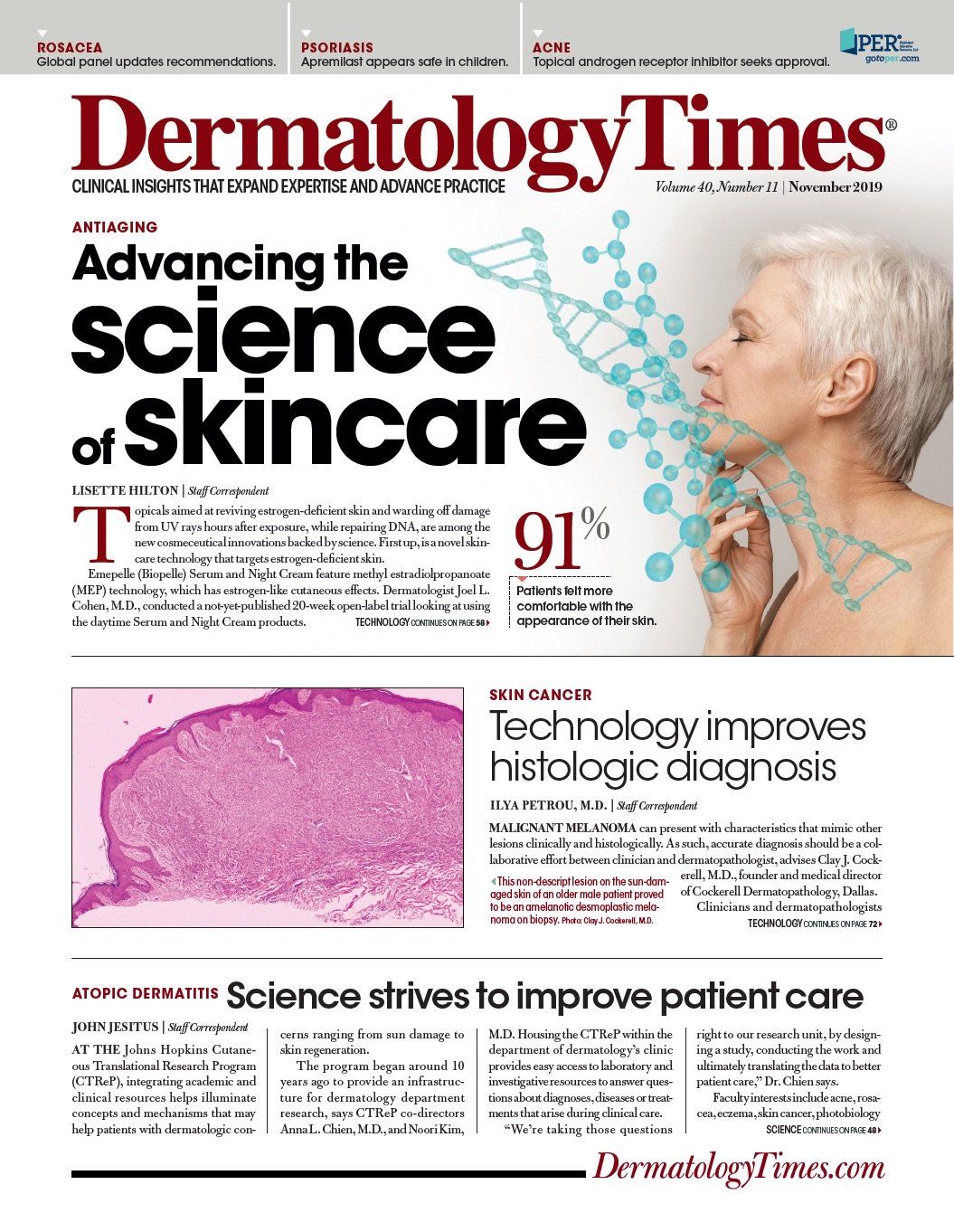
Newsletter
Like what you’re reading? Subscribe to Dermatology Times for weekly updates on therapies, innovations, and real-world practice tips.



